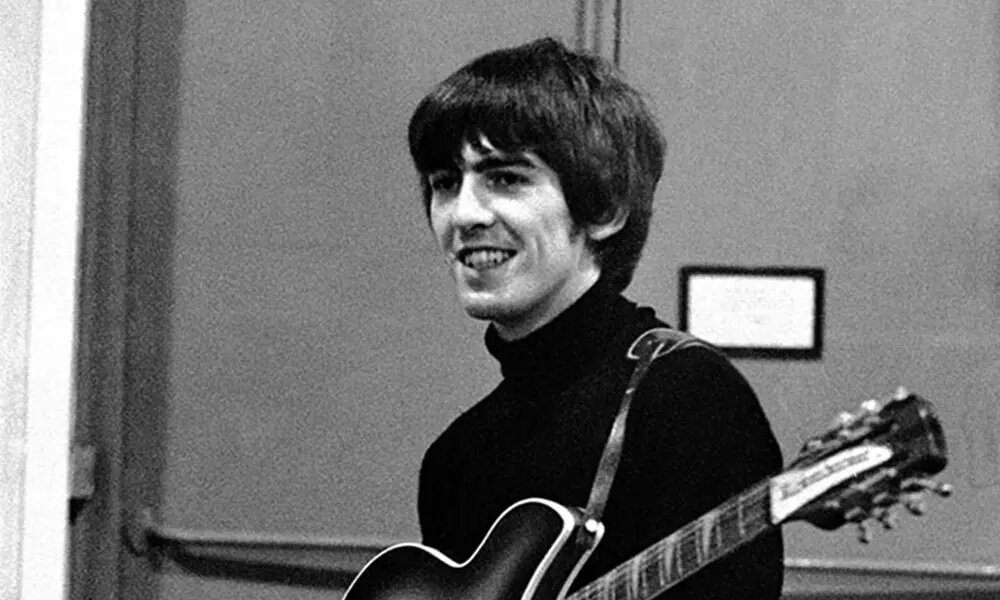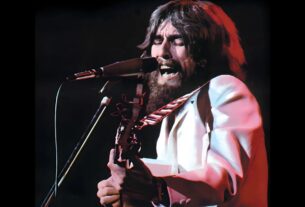George Harrison had proactively composed an overflow of melodies to kick him off on his most memorable independent collection following the separation of The Beatles.
As the getting through exemplary stone chestnut “What Is Life” demonstrated, not those extra melodies were expected for the Fab Four.
What is the theme of the song? After initially intending to release it for another artist, how did Harrison end up releasing it? And how did Harrison end up with the song’s finished version? Peruse on as we investigate George Harrison’s “What Is Life,” an anthemic melody that poses the inquiries and yields the responses at the same time. The Beatles’ Archive According to a common legend, George Harrison only wrote one or two songs for each Beatles album because his writing was inferior to that of John Lennon and Paul McCartney.
However, that is not a complete account. Despite their high quality, Lennon and McCartney frequently criticized Harrison’s songs. Proof of that is large numbers of the melodies that showed up on Harrison’s breakout 1970 triple collection Everything Should Pass had been presented during the Fab Four years, however had gotten a brush off from the band.
Exemplary melodies from that record like “Isn’t It a Pity” and the title track were among those tunes that might actually have been Beatles hits. Additionally, Harrison was shopping his tunes around to different specialists, who were eager to exploit his uncelebrated composing gifts.
For instance, “Identification,” a hit for Cream, was written to a limited extent by Harrison. In contrast, as Harrison explained in his autobiography I Me Mine, Billy Preston, who famously assisted The Beatles on Let It Be, was the original recipient of the song “What Is Life.”
“The song “What Is Life” was written in 1969 for Billy Preston. When I was producing one of his albums, I wrote it in about 15 minutes or so on my way to Olympic Studios in London.
When Billy was playing his funky music, it seemed too difficult to enter the session and say, “Hey, I wrote this catchy pop song.” Later on in All Things Must Pass, I did it myself.
That worked out well, but Harrison had to make a recording that was good enough for the song first. Throughout the long term, different reissues, everything being equal, Should Pass uncovered various ways Harrison didn’t take in recording the tune.
In the case of “What Is Life,” he had oboes and piccolo trumpets at one point. The latter instrument was famously used on “Penny Lane” by The Beatles.
Even though he kept other horns prominently in the mix, he ultimately decided against including those extras. The American-made version of “What Is Life” Top 10 when delivered as a solitary in 1971 chiefly highlighted Harrison’s permanent fluff guitar riff, alongside players including Eric Clapton and a significant number of the performers who might join Clapton in his Derek and the Dominos project.
“What Is Life”: What Does It Mean? However unique as he seemed to be in demeanor and interests from his kindred Beatles, George Harrison joined with them in continuously advancing affection as a solution to a huge number of issues. From the very beginning of the song, “What Is Life,” he offers that love to someone special:
“What I feel, I can’t say / But my love is there for you any time of day.” As Harrison sings in the urgent refrains, “Tell me, what is my life without your love?,” the narrator also realizes how crucial it is to give it back.
Who am I without you by my side, please? As a matter of fact, her model motivates him: What I know, I can do/On the off chance that I give my adoration now to everybody like you.
On All Things Must Pass, “What Is Life” is one of many embarrassingly rich songs. George Harrison sings in moving style about offering his adoration all through the track. Beneficial thing he didn’t offer the melody too.



